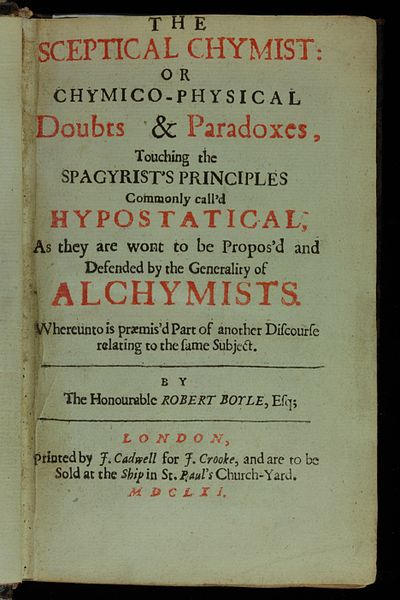A metalloid is a type of chemical element which has a preponderance of properties in between, or that are a mixture of, those of metals and nonmetals. There is no standard definition of a metalloid and no complete agreement on which elements are metalloids. Despite the lack of specificity, the term remains in use in the literature of chemistry.
Copper-germanium alloy pellets, likely ~84% Cu; 16% Ge. When combined with silver the result is a tarnish resistant sterling silver. Also shown are two silver pellets.
Arsenic trioxide or white arsenic, one of the most toxic and prevalent forms of arsenic. The antileukaemic properties of white arsenic were first reported in 1878.
Optical fibers, usually made of pure silicon dioxide glass, with additives such as boron trioxide or germanium dioxide for increased sensitivity
Archaic blue light signal, fuelled by a mixture of sodium nitrate, sulfur, and (red) arsenic trisulfide
A chemical element is a chemical substance that cannot be broken down into other substances by chemical reactions. The basic particle that constitutes a chemical element is the atom. Chemical elements are identified by the number of protons in the nuclei of their atoms, known as the element's atomic number. For example, oxygen has an atomic number of 8, meaning that each oxygen atom has 8 protons in its nucleus. Two or more atoms of the same element can combine to form molecules, in contrast to chemical compounds or mixtures, which contain atoms of different elements. Atoms can be transformed into different elements in nuclear reactions, which change an atom's atomic number.
Estimated distribution of dark matter and dark energy in the universe. Only the fraction of the mass and energy in the universe labeled "atoms" is composed of chemical elements.
Portrait of Robert Boyle, c. 1740
Title page of The Sceptical Chymist, published in 1661
Portrait of Isaac Watts by John Shury, c. 1830








